
Sometimes puffy nipples are signs of gynecomastia or a sign of an increase in hormone. It differs from classic
gynecomastia in that the nipple and areola are cone-shaped causing the areola to protrude and look almost puffy. The
puffy nipples become worse in warm and hot temperatures.
As for men and small-breasted women, they can not wear lighter shirts because the puffy nipples show through causing them embarrassment. This article helps you to have a good understanding of puffy nipples.
What are puffy nipples?
Puffy nipples mean a nipple and areola that forms a puffy mound away from the normal curve of the chest/breast. It can happen to both men and women, but it is much more common in women. There is also a significant amount of time in puberty and breast development when a girl's areola and nipple rise in a similar manner.
What causes puffy nipples?
Some possible reasons for puffy nipples include:
Hormonal imbalances
Whether women or men, both of us have both sex hormones: testosterone and estrogen. It is common for men to have higher levels of testosterone and for women to have higher levels of estrogen. However, lack of enough testosterone and having a higher level of estrogen can cause the mammary glands to grow, causing a medical condition called gynecomastia.
In this way, breasts and nipples will swell and look puffy. However, if estrogen levels return to normal, or the balance between testosterone and estrogen is achieved, the breasts and nipples swelling will go away gradually and your nipples will not look puffy.
Use Typical Medicine
Many studies have shown that males who regularly used anabolic steroids experienced gynecomastia, the swelling of the nipples and nearby tissue, which is to say, both of them have puffy nipples because these drugs will alter your hormone balance.

Excessive body fat
Being too fat can affect the shape and appearance of breasts and nipples. If too many fat tissues bump in the breasts, they will make the nipples puffier and larger than usual. In addition, being overweight can also cause hormonal imbalances in both women and men.
According to the latest studies published by health and nutrition experts, men with more body fat had lower testosterone and elevated estrogen levels, and women had the same research findings.
Pregnancy
When women are in their pregnancy, hormonal changes, breast expansion, and increased blood flow may cause them to experience puffy nipples. In addition, women may also experience nipple soreness, tingling, sensitivity, and breast heaviness.
How to reduce puffy nipples
The fastest way is to talk with a professional surgeon and carry out a surgeon to reduce puffy nipples.
If you have no time to wait for your puffy nipples to disappear with long-term exercise and diet control, you can consult a Gynaecologist to rule out any abnormalities. The procedures below are often used to treat puffy nipples: liposuction, mastectomy, and non-invasive fat reduction.
Doing exercise to reduce breast fat is a slow but safe way. In addition, certain chest exercises can help faster reduce nipple puffiness and breast swelling. If you want to reduce your breast size, you can also do some specific chest exercises to tighten your breast muscle and make your breasts perkier. For instance, chest press, forward dips, incline bench cable fly, and pushups are good exercises that focus on strengthening and toning the chest muscles.
To lower body fat and remove puffy nipples, you can adjust your diet. You can improve your diet by eating more high fiber foods like legumes, bran, nuts, and seeds, and limiting the intake of refined carbohydrates. In addition, eat less processed foods with added sugars and eat more raw fruits and vegetables. Avoid estrogen-rich foods such as soy products, spilled peas, and clover sprouts, and take in more testosterone-rich foods such as garlic, ginger, olive oil, and so on.


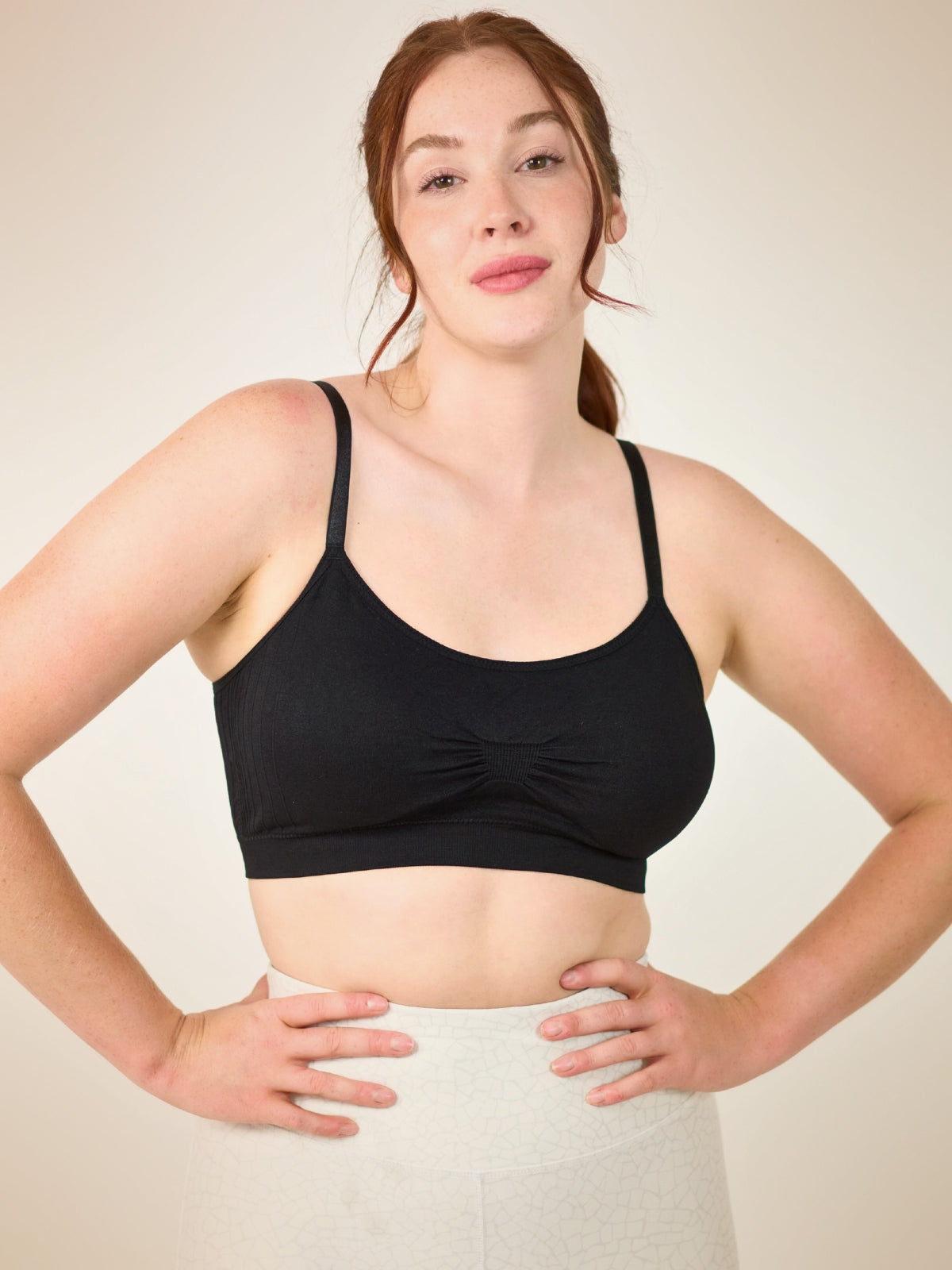
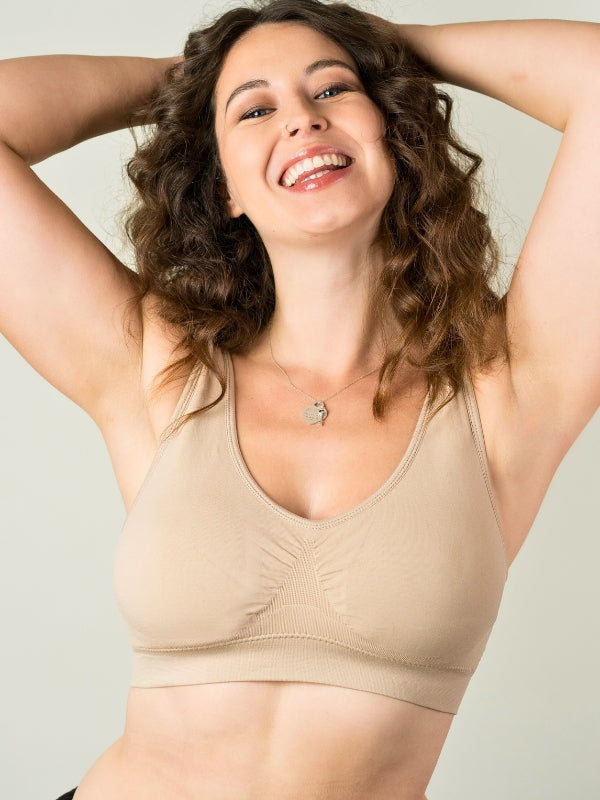
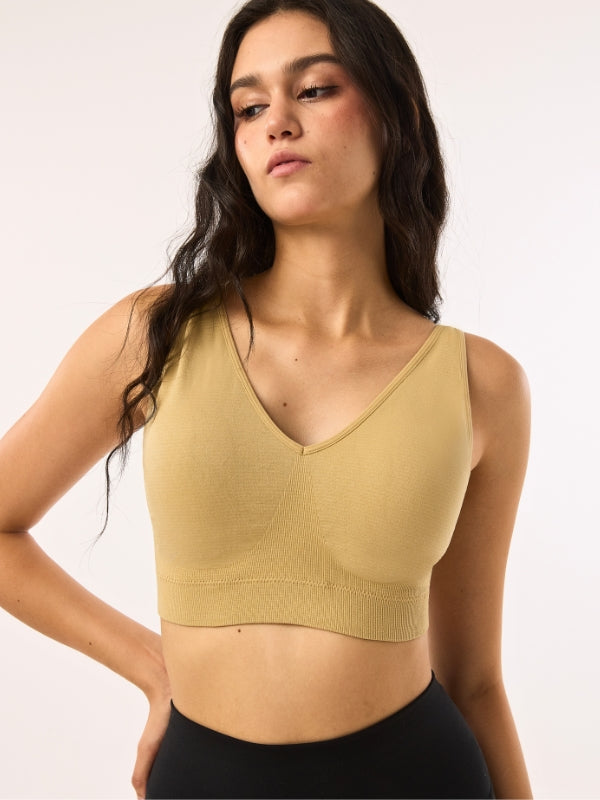
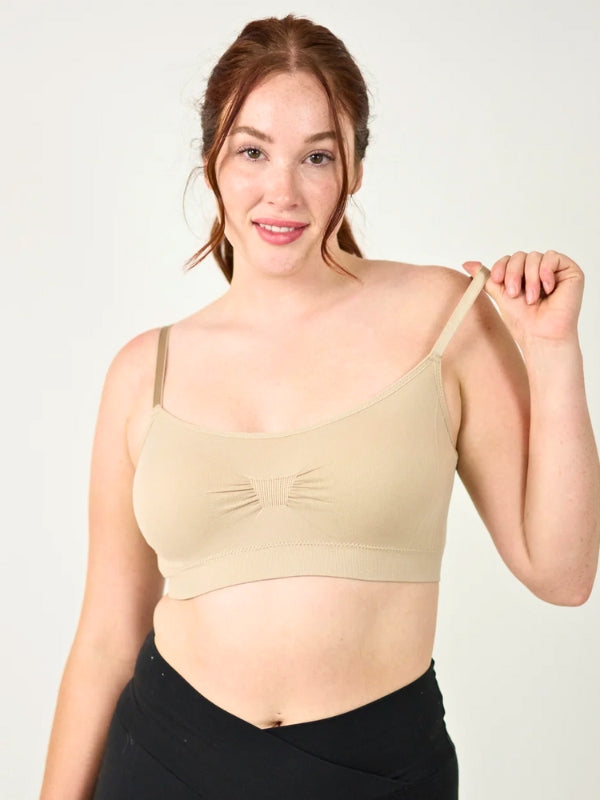
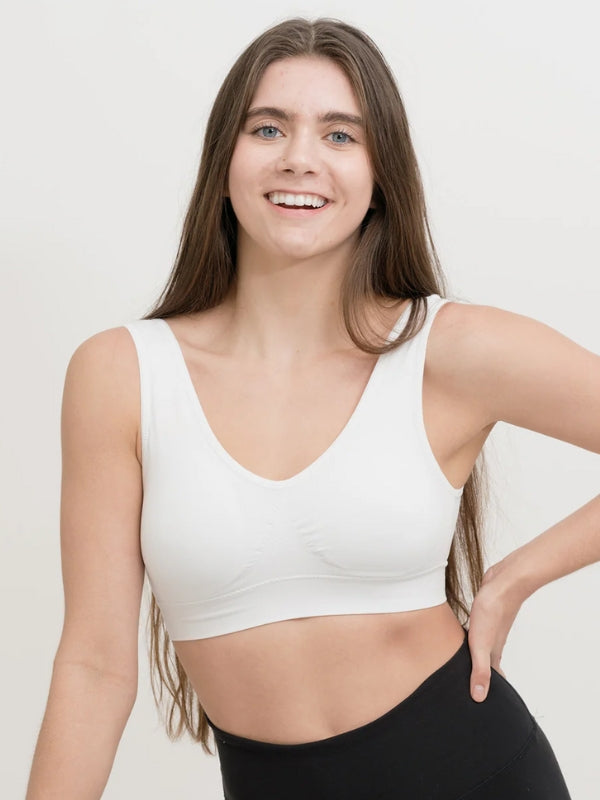
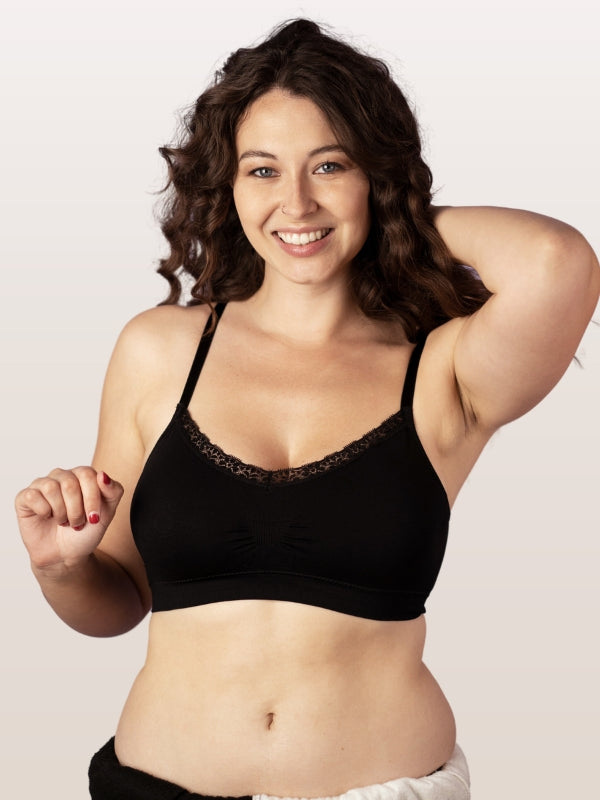
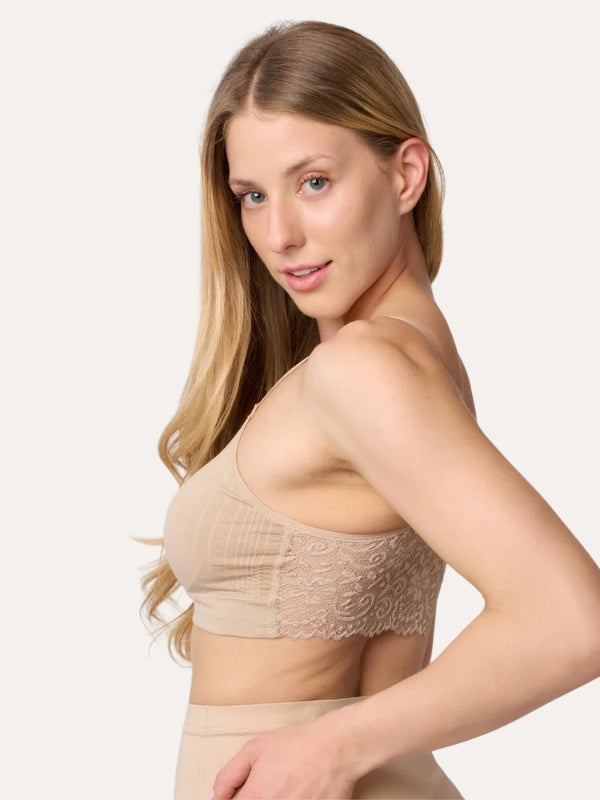
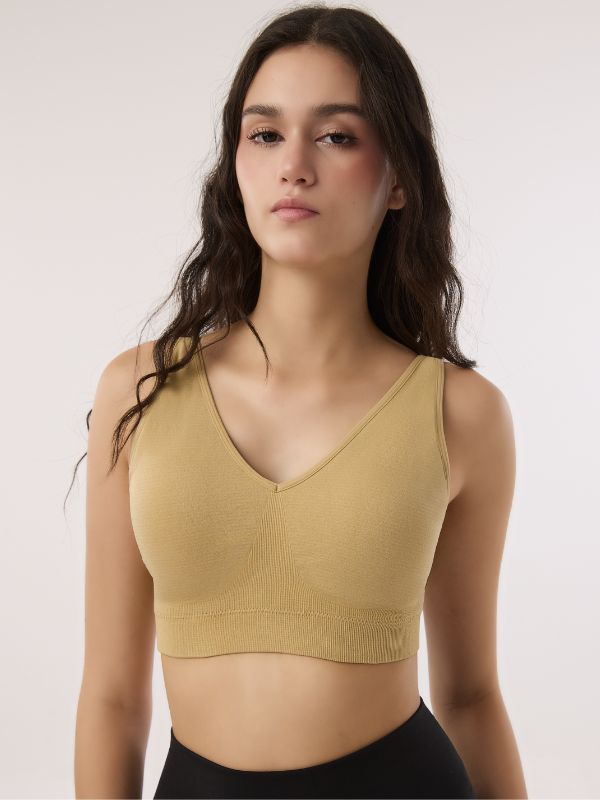

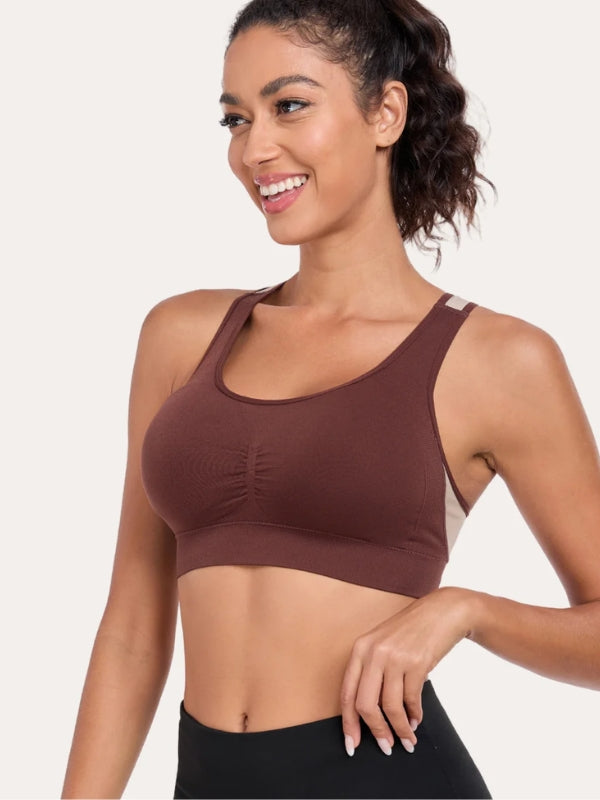
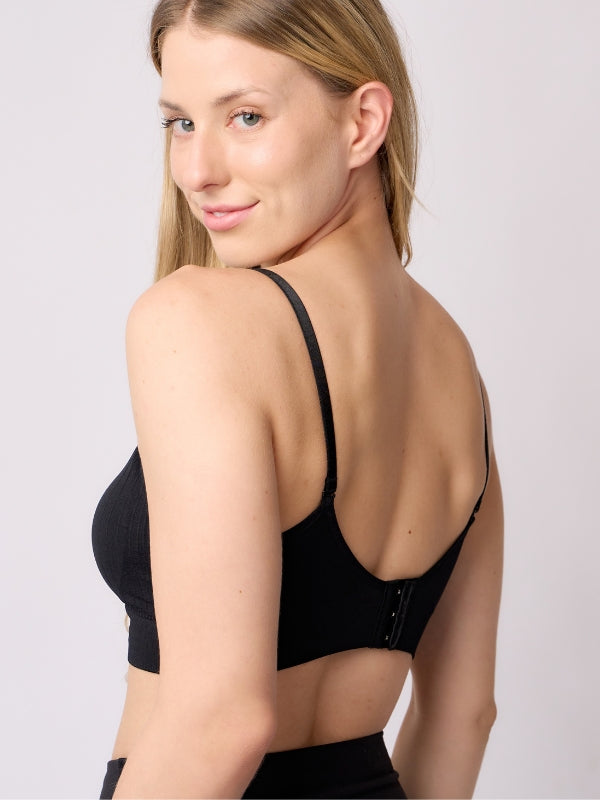
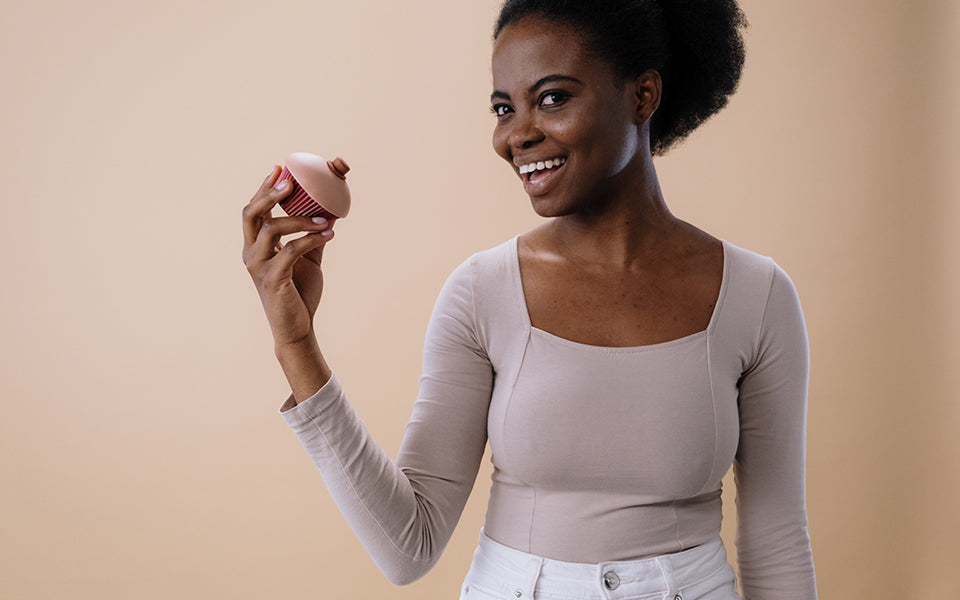

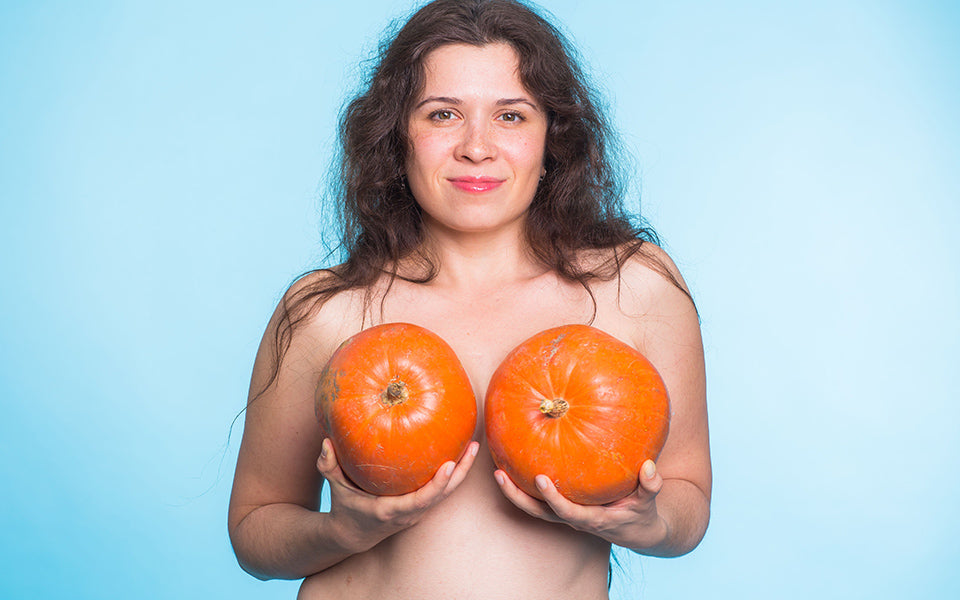

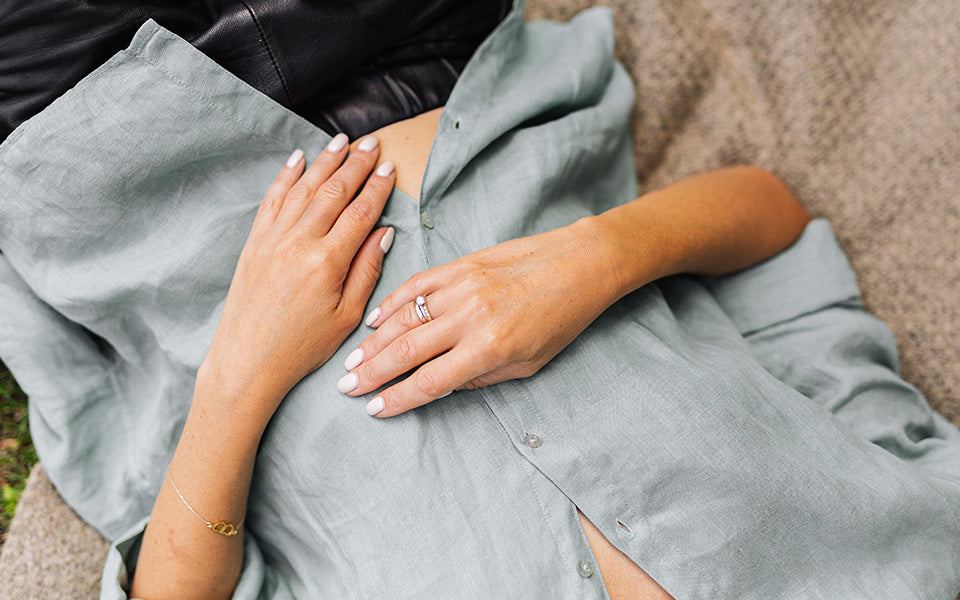
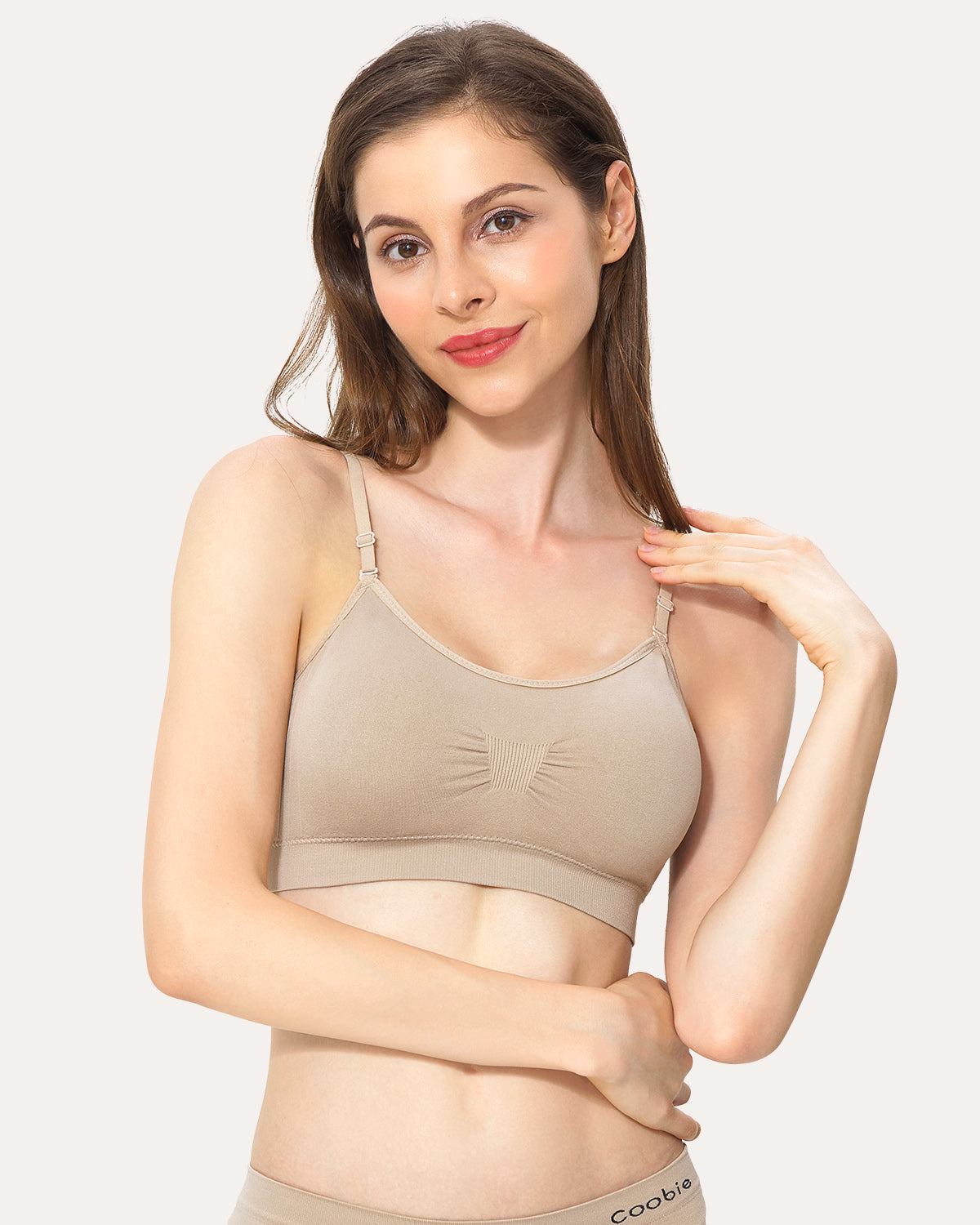
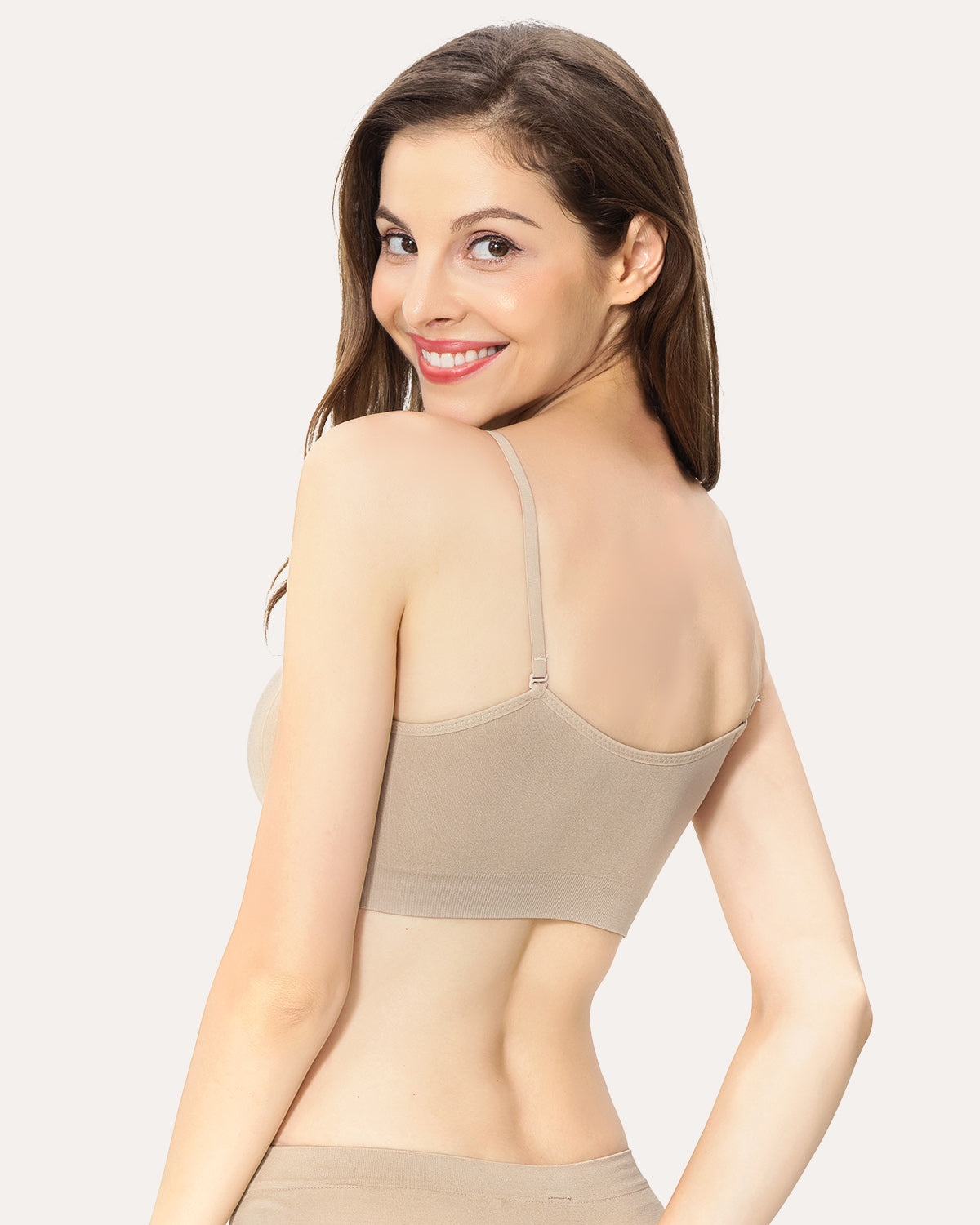
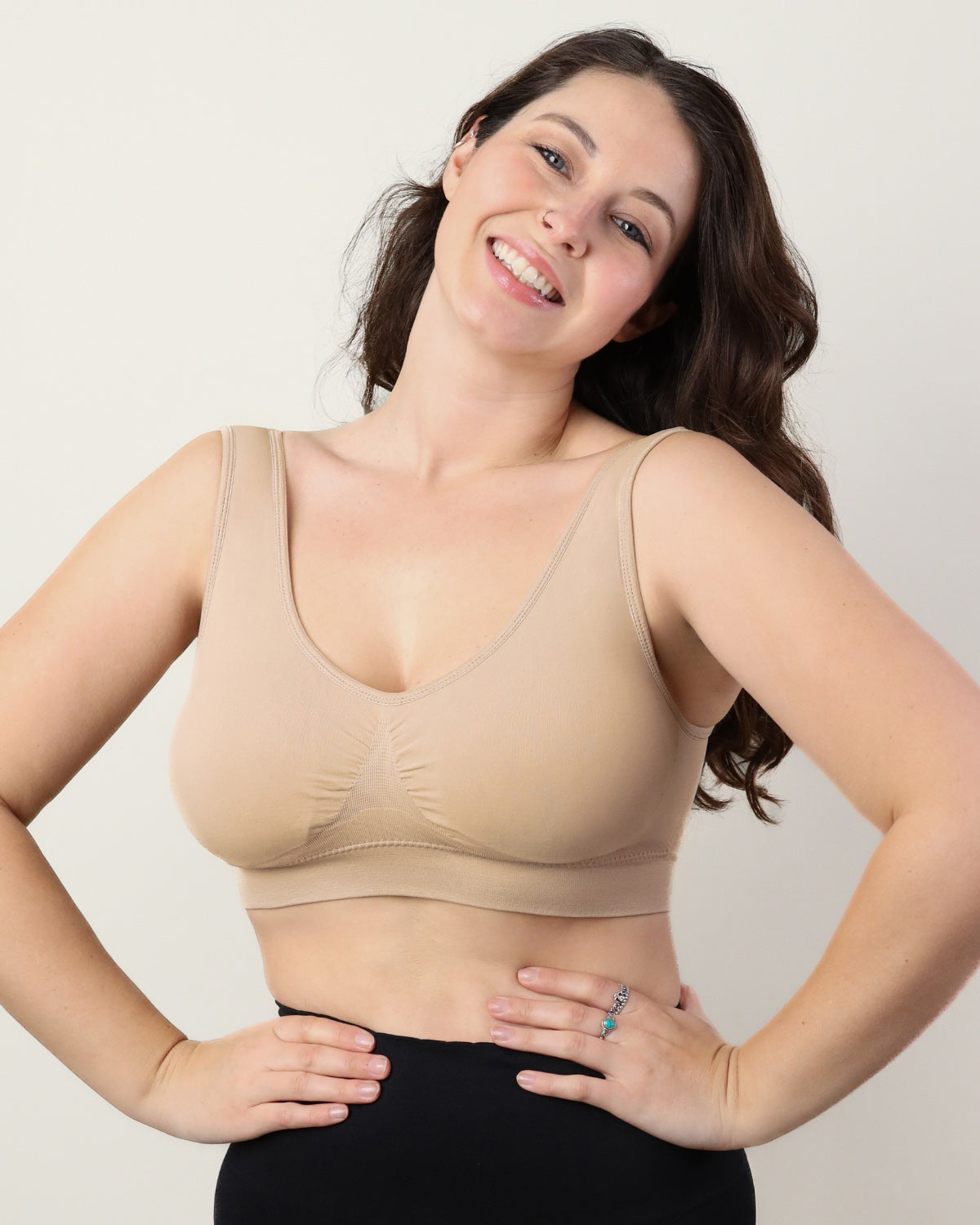

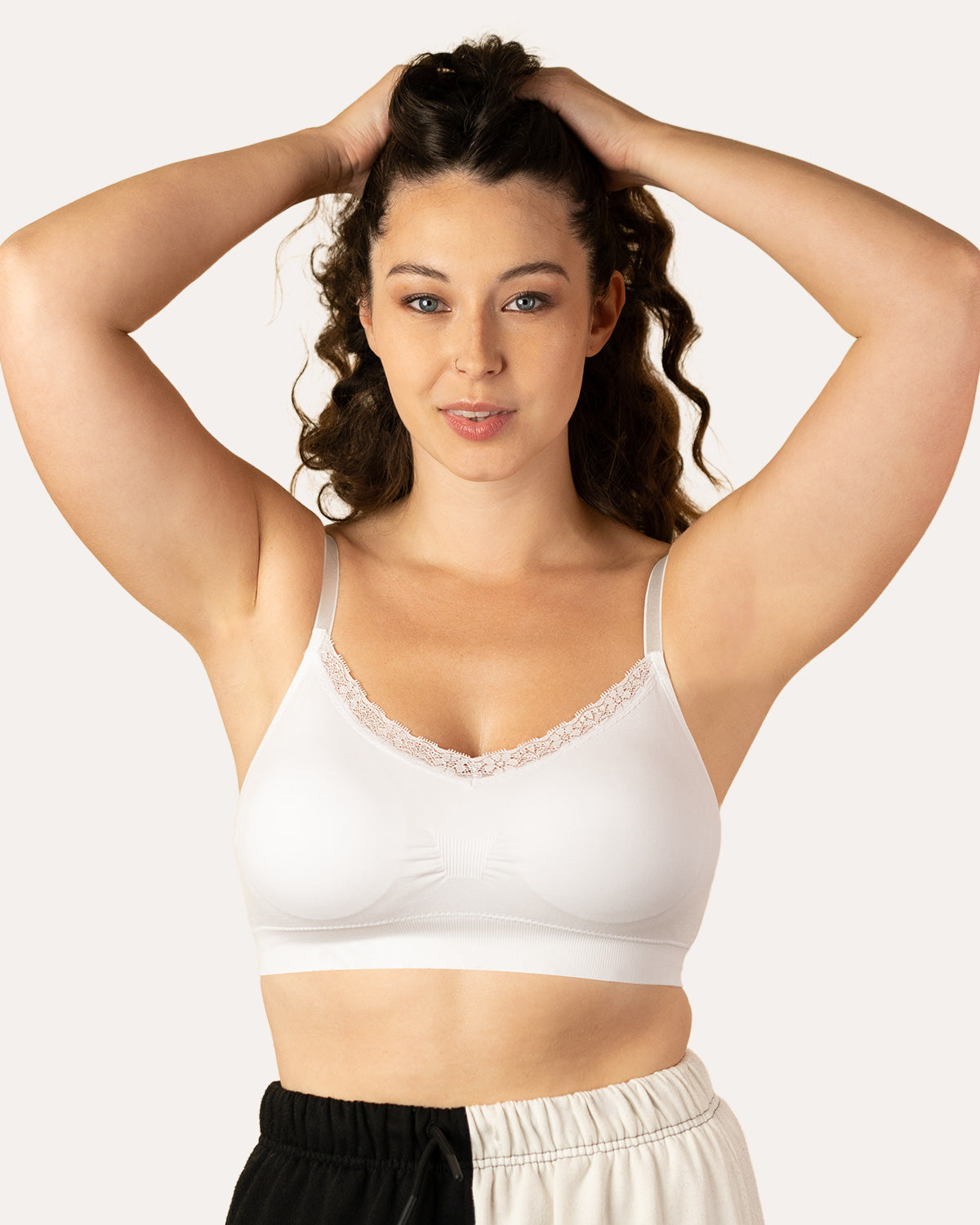
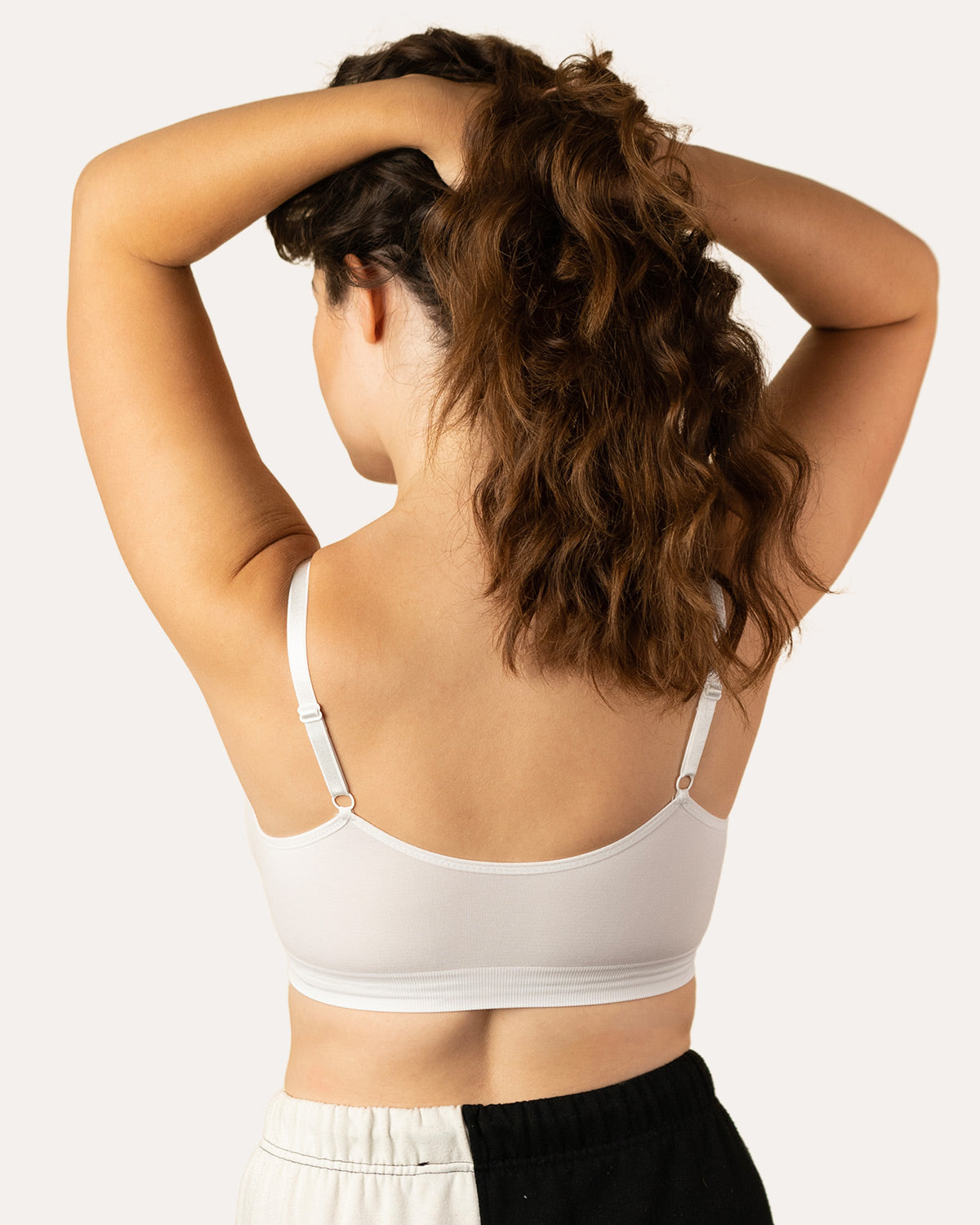
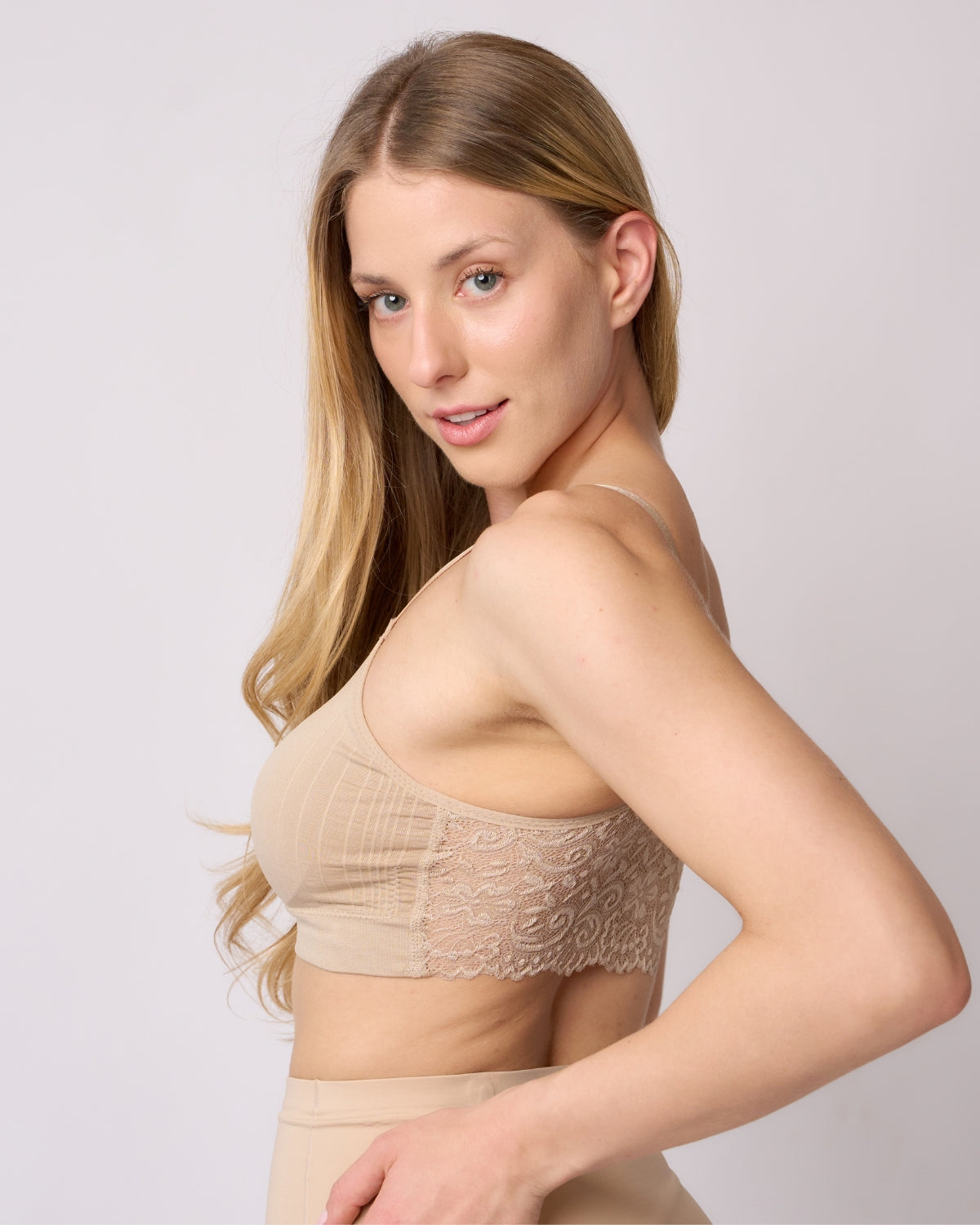
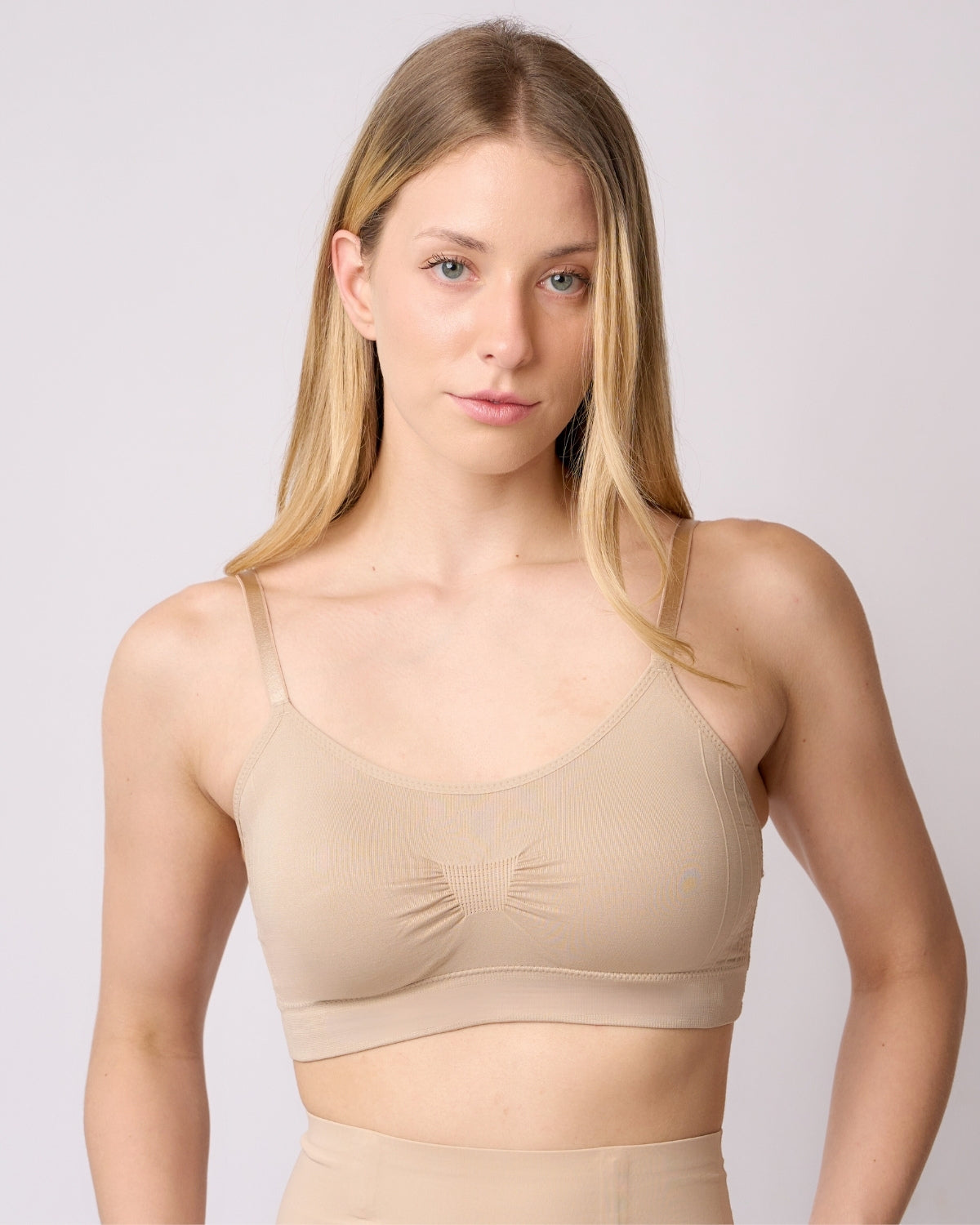
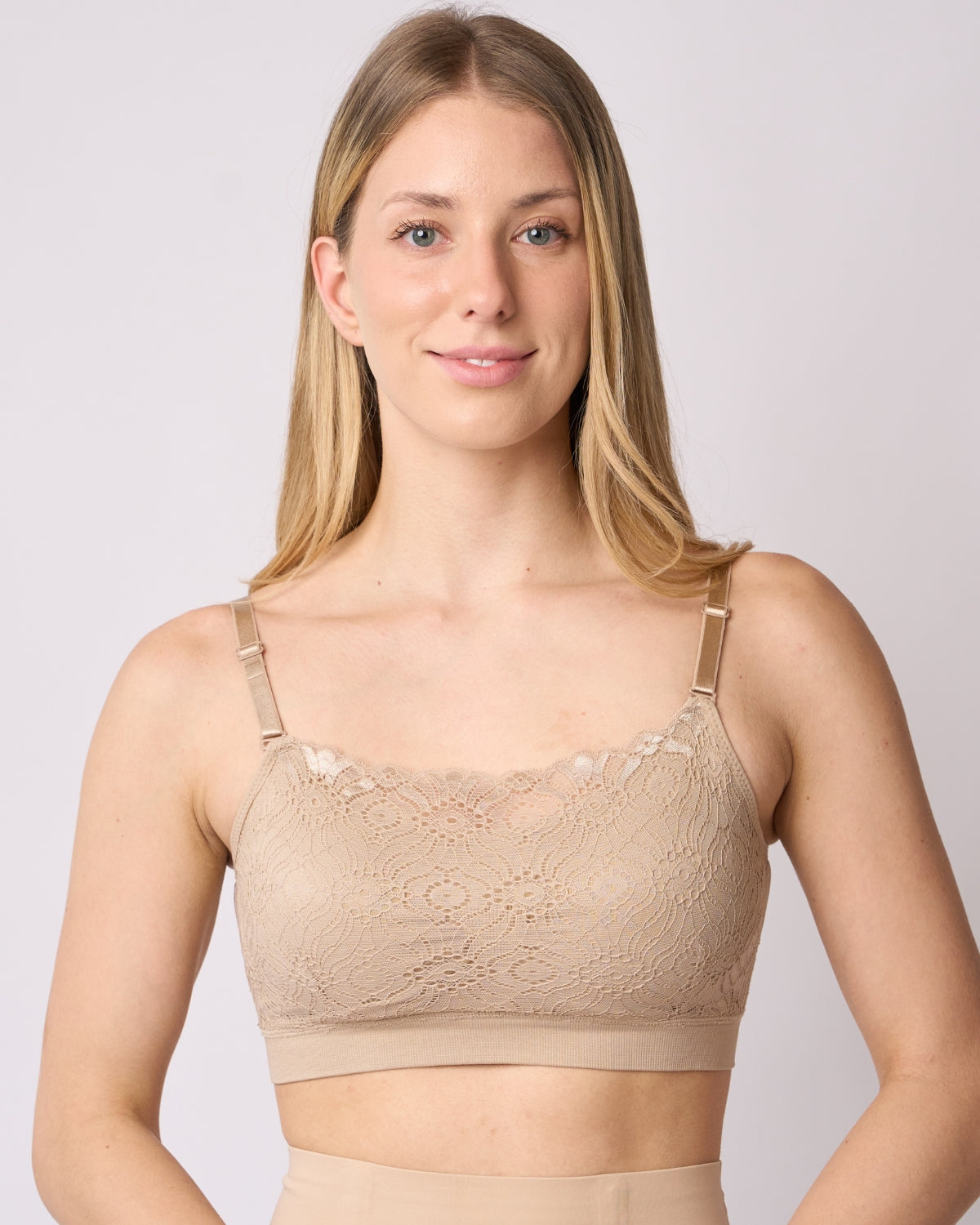
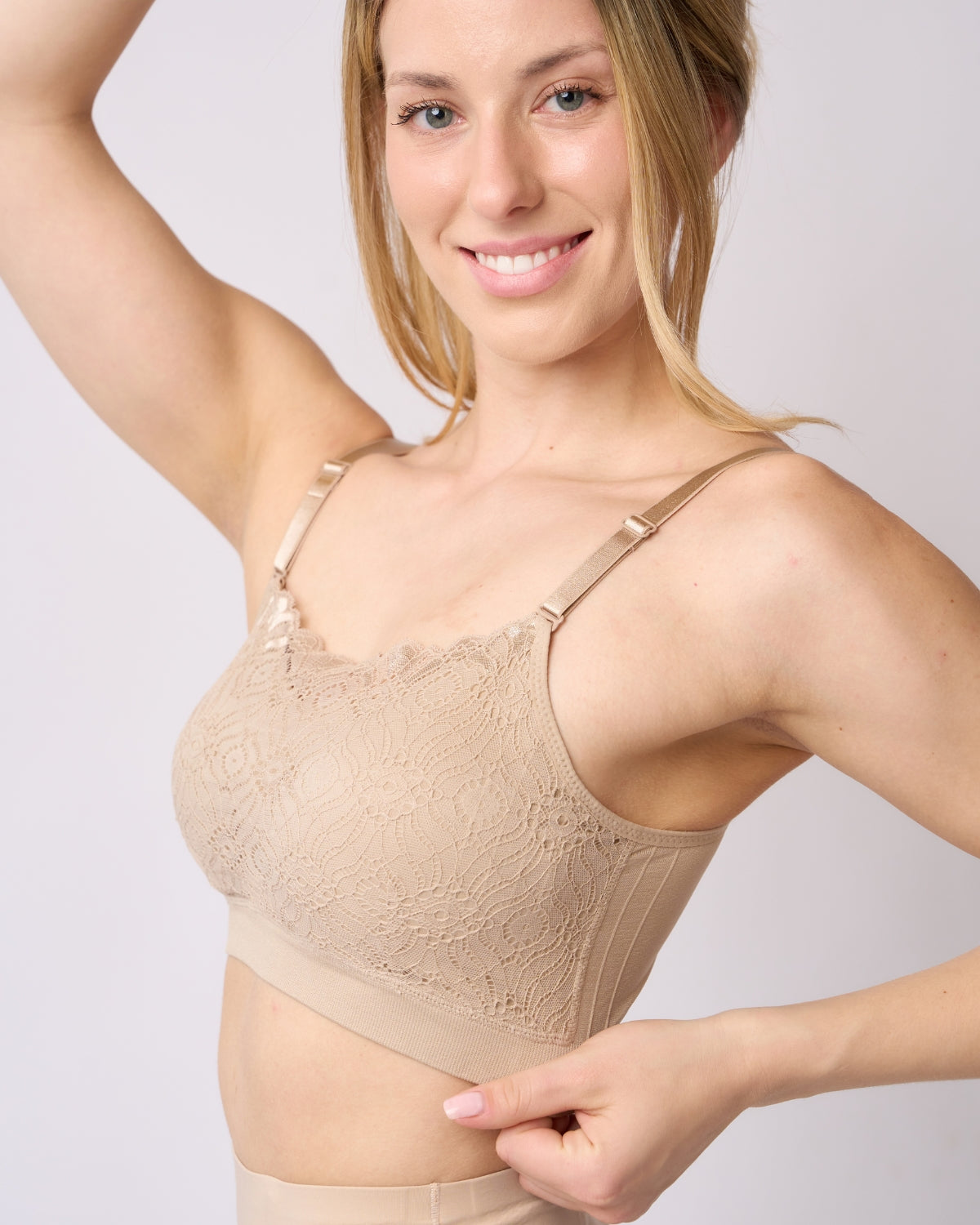
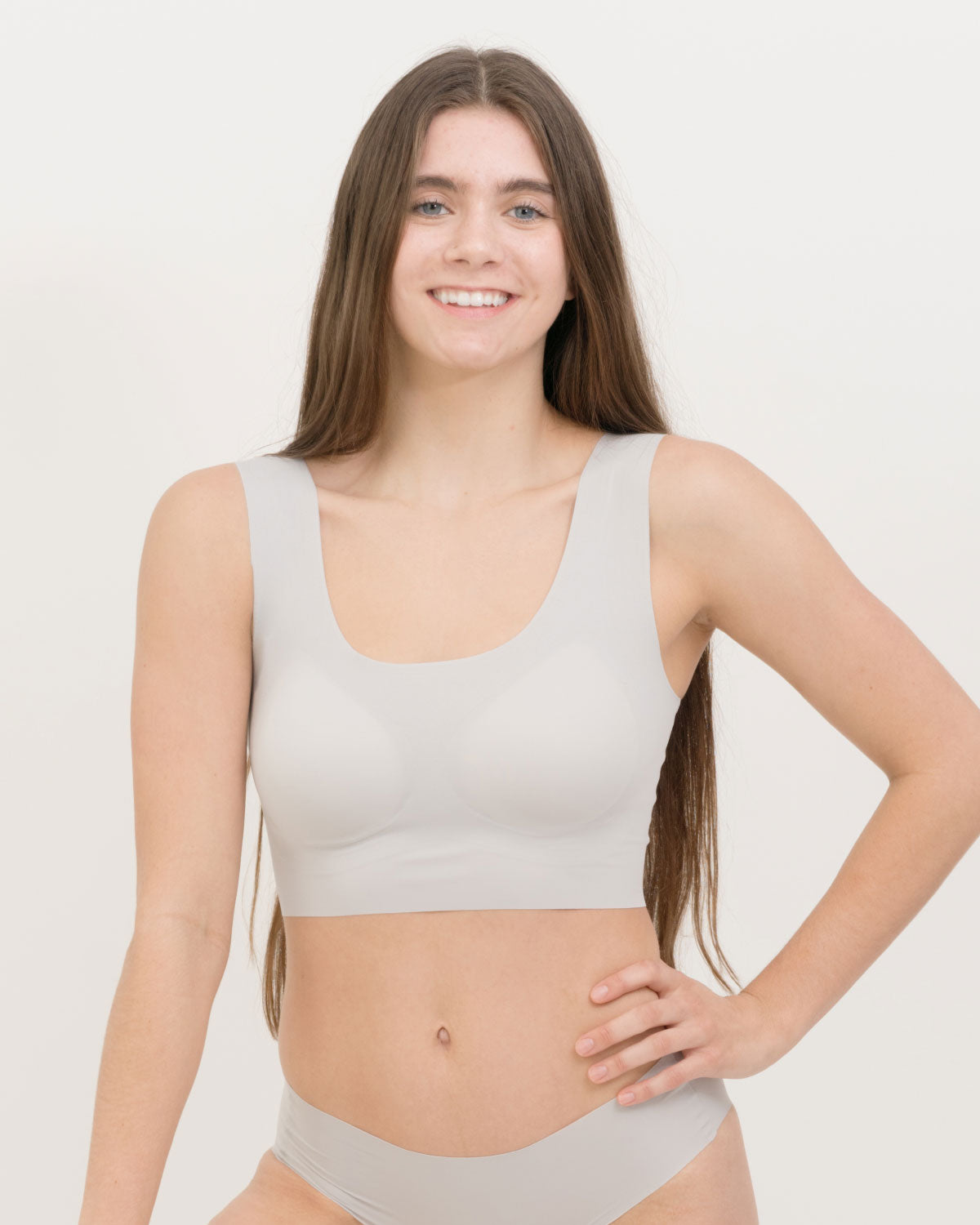
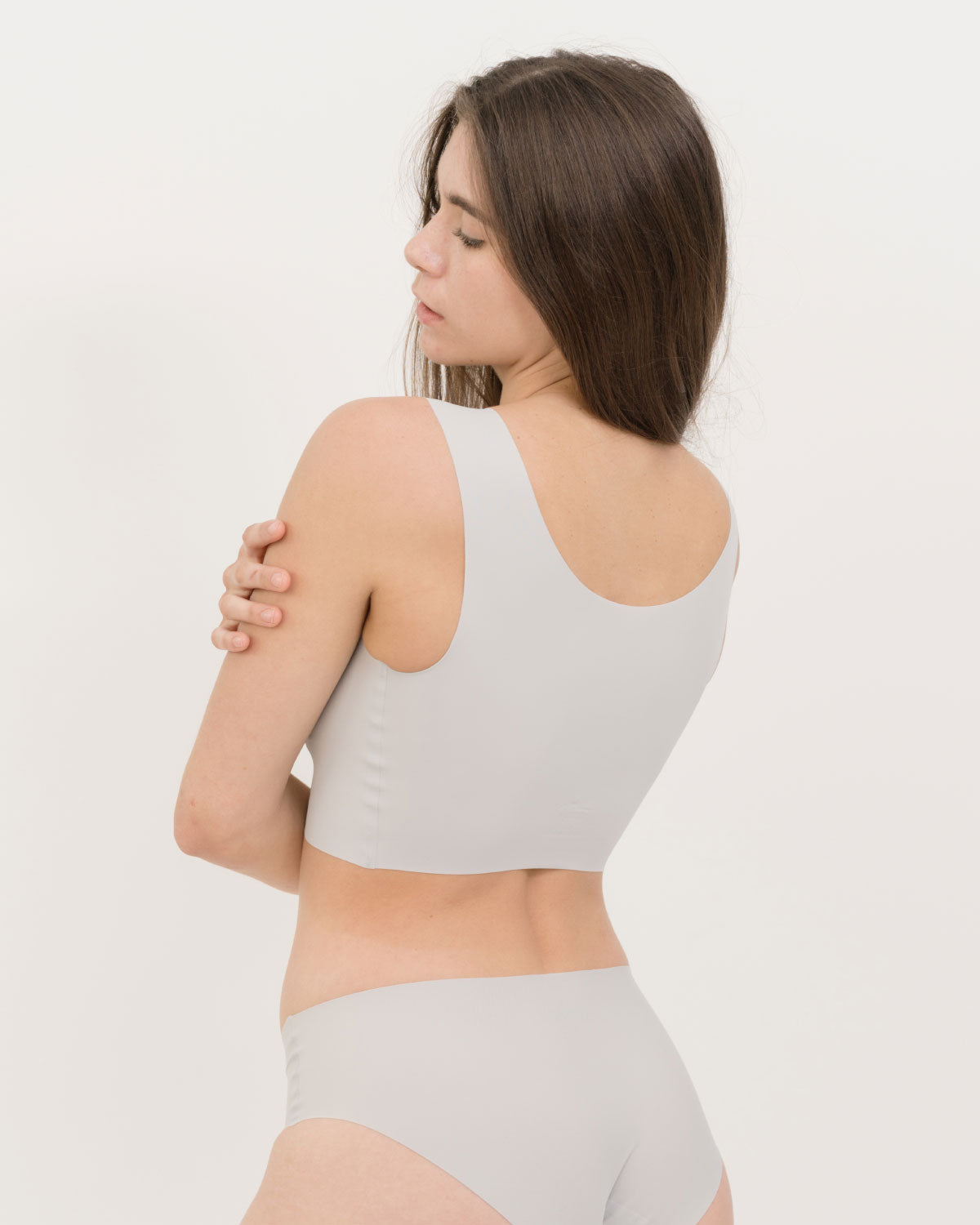
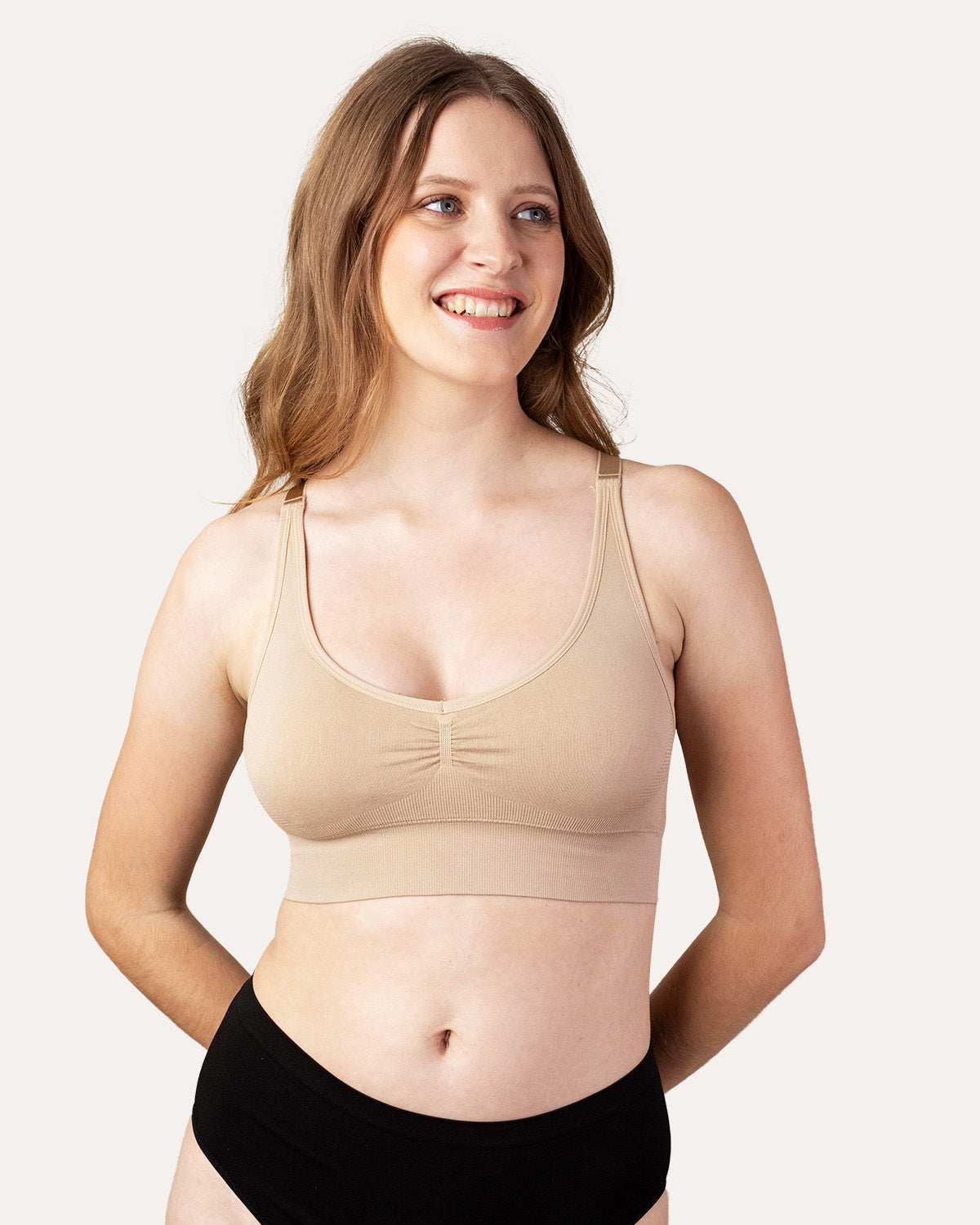
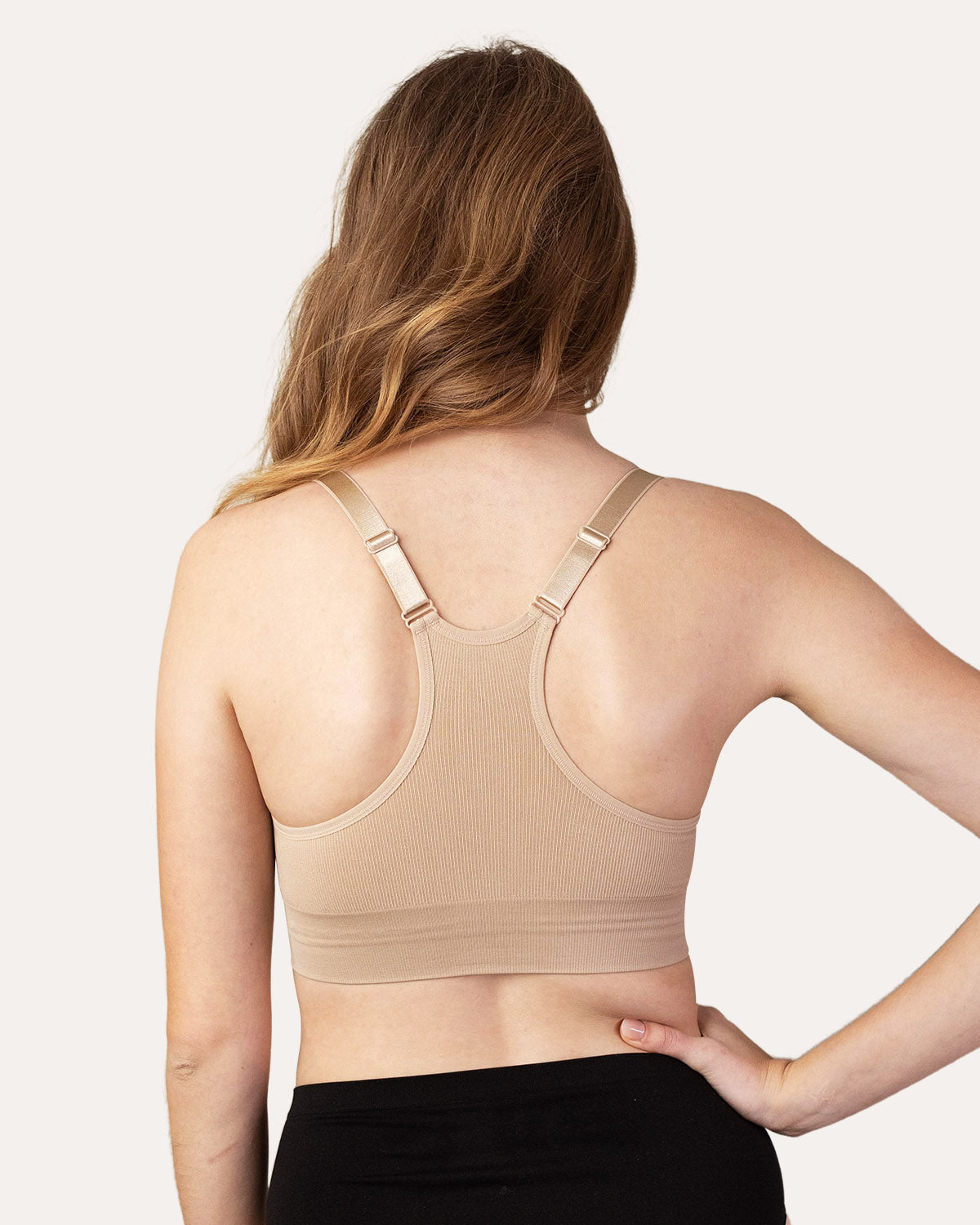
Leave a comment
This site is protected by hCaptcha and the hCaptcha Privacy Policy and Terms of Service apply.